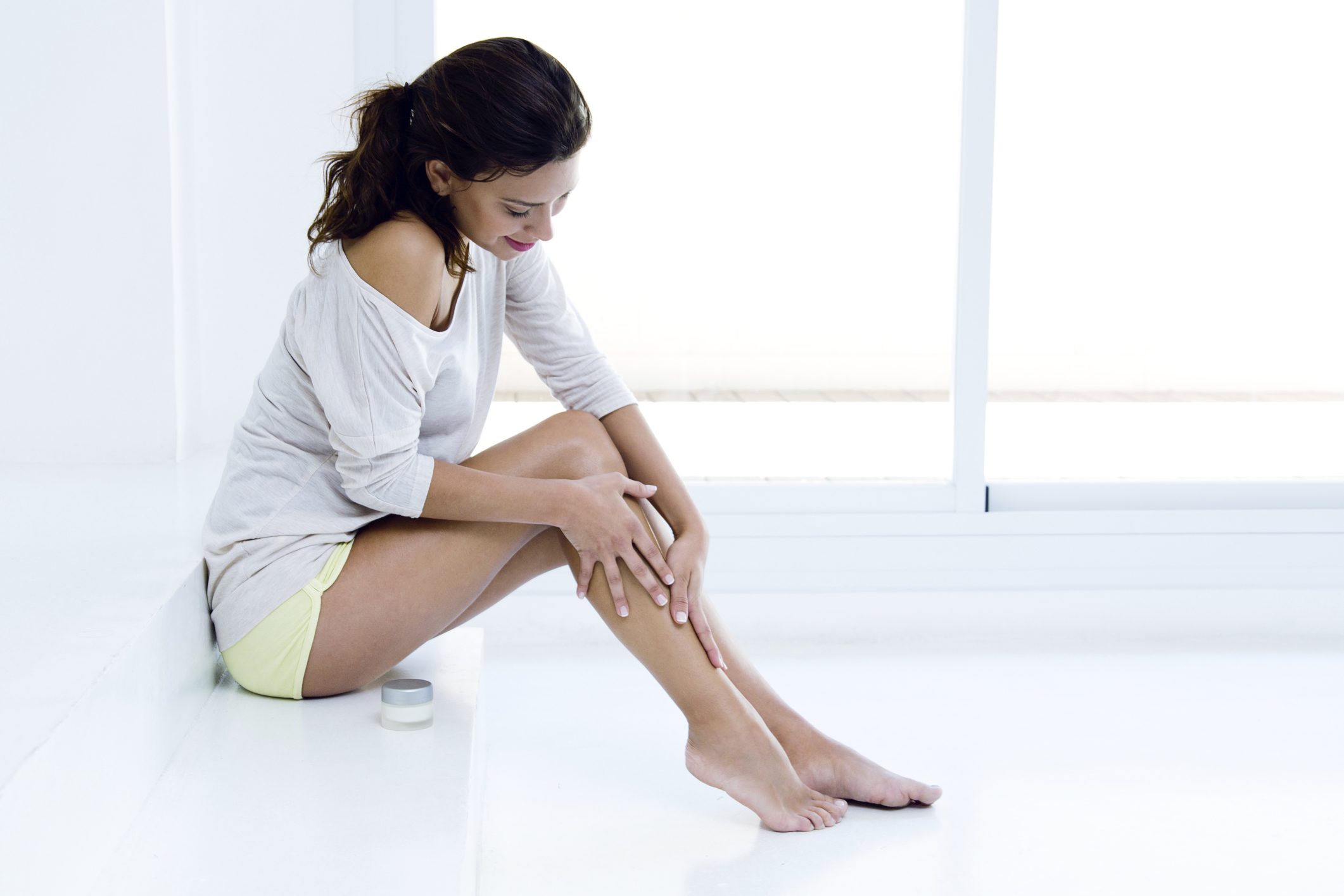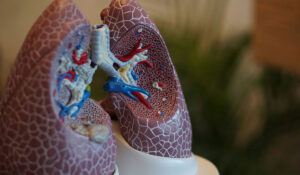Cellulite is a disorder where fat deposits under the skin cause the skin to look lumpy or dimpled. Both men and women may get it, and it often shows up on the thighs, buttocks, and belly. Cellulite most often affects post-pubertal adults, and 80–90% of women are predicted to have cellulite at some time in their life. Although the exact aetiology of cellulite is unknown, it is believed to be influenced by genetics, hormones, lifestyle, and food. Topical creams, laser therapies, and massage therapy are available as treatments.
Grades of Cellulite
The grades of cellulite vary from 1 to 4, with 1 being the least severe type and 4 representing the most severe kind.
- In grade 1 cellulite your skin will have a dimpled appearance, and it is most prevalent in areas like the thighs, buttocks, and belly.
- Cellulite of grade 2 is characterised by a substantial level of dimpling and increasing regions of discolouration in the skin. Grade 2 cellulite is considered to be moderately severe.
- Cellulite of grade 3 is characterised by an increased quantity of dimpling, as well as a more noticeable orange-peel or cottage cheese-like texture.
- Cellulite of grade 4, the most severe kind, is characterised by a highly prominent orange-peel or cottage cheese-like texture, as well as deep dimpling. This form of cellulite is more common in women than in men.
Causes of Cellulite
It entails fibrous connective connections that link the fat between the skin and the underlying muscle. The long, strong cords pull downward as the accumulating fat cells push up against the skin. This results in a surface that is dimpling or uneven.
In addition, genetics dictate skin structure, skin texture, and body type, and hormonal factors significantly contribute to the development of cellulite. Other causes, like those listed below:
- Heredity: Since cellulite tends to run in families, genetics is thought to play a part in its development.
- Hormonal changes: Cellulite and fat deposits may both develop as a result of hormonal changes in the body.
- Diet: Consuming a diet high in processed foods, saturated fats, and refined sugars may help to cause cellulite.
- Lifestyle: A sedentary lifestyle and a lack of exercise might result in fatty deposits that exacerbate cellulite.
- Dehydration: Since water aids in the body’s removal of waste products and toxins, dehydration may lead to the development of cellulite.
Treatment for cellulite
Skin on the thighs, hips, buttocks, and belly that has cellulite has a lumpy, uneven look. Fat buildups that press up on the connective tissue under the skin are the reason behind it.
Cellulite treatment options include:
- Radio-frequency equipment: This equipment heats the skin with radio-frequency radiation, which may assist to lessen the appearance of cellulite.
- Topical creams and lotions: A few creams and lotions might aid in minimising the appearance of cellulite. B-Tight Lift & Firm cream is a product that is highly recommended for reducing cellulite. A kind of skin care procedure called B-Tight Lift & Firm may be used to enhance the look of the skin. After utilising this solution, it will assist to reduce cellulite and other symptoms like fat deposits around the thighs or buttocks region, giving you greater confidence in yourself.
- . Laser and light therapy: These procedures break down fat cells using laser and light radiation, which may help to lessen the appearance of cellulite.
- Massage therapy: Massage may assist to increase circulation and lessen the appearance of cellulite in the afflicted regions.
- Exercise: By boosting circulation and strengthening underlying muscles, regular exercise may help to lessen the appearance of cellulite.
- Diet: A balanced, nutritious diet might assist to lessen the appearance of cellulite.
- Liposuction: This surgical technique eliminates fat deposits, which may assist to lessen the appearance of cellulite.
What are Cellulite’s Signs and Symptoms?
Cellulite common signs and symptoms include:
- Skin that is wrinkly or lumpy in the thighs, buttocks, abdomen, and other places.
- A skin texture like cottage cheese or orange peel.
- Skin that seems lanky and thin.
- Tenderness and swelling in the afflicted region.
- Aching or pain in the region that is harmed.
Cellulite during Pregnancy
Pregnancy-related cellulite is a relatively frequent phenomenon. It results from the body’s buildup of fat deposits brought on by higher oestrogen levels during pregnancy. As the baby develops and more weight is carried in the belly, cellulite may become more apparent.
During pregnancy, there are several things that may be done to lessen the appearance of cellulite. It is crucial to have a healthy, balanced diet since it will aid to lower fat accumulation and enhance circulation. Postpartum fitness is also advised since it may improve circulation while also helping tonify and strengthen the muscles around the afflicted region. Additionally, massage might be advantageous since it increases circulation while also aiding in the breakdown of fat deposits.
Is There a Difference Between Fat and Cellulite?
There is a distinction between cellulite and fat. A form of bodily tissue called fat is made up of fatty acids and energy reserves. It is responsible for supplying energy and insulation and may be present in the majority of bodily components. Contrarily, cellulite is a disorder that alters the skin’s appearance, often making it seem lumpy and uneven. It results from the buildup of toxins, fluids, and fat under the skin.
Does being overweight cause cellulite?
Cellulite may become more apparent with weight increase, although some slender individuals also have it. Given that cellulite tends to run in families, genetics may have a major impact on whether you get it or not. An inactive lifestyle can increase the likelihood of developing cellulite.
Conclusion
Even though cellulite is a widespread issue that many individuals experience, it is treatable with specific lifestyle modifications and medical procedures. Cellulite might be less noticeable if you eat a nutritious diet, exercise often, and drink plenty of water. Additionally, it has been shown that therapies including laser therapy, massage therapy, and topical lotions are successful in reducing the appearance of cellulite. To choose the best course of action for your unique situation, it is crucial to visit a doctor or dermatologist.



